Many people like to cuddle up with their cat friends at night, but some worry that it could be bad for their health. People often worry about getting worms if they share a bed with cats.
Transmission of Worms to Humans
Cats can carry different kinds of worms, such as roundworms, tapeworms, hookworms, and whipworms. These worms can get into a cat's body when they eat prey that is infected, come into contact with contaminated soil, or during their grooming routine.
Worms can be passed from cats to humans through contact with infected feces. This can occur when handling litter boxes or coming into contact with contaminated bedding, carpets, or other surfaces.
Prevention Measures
Regular Deworming for Cats: Do what your vet tells you and deworm your cat often to stop and get rid of worms. Kitty cats should get dewormed at set times, starting when they are very young. To make sure they are always safe, even adult cats should get dewormed regularly. Worms that are already there will be killed and new ones will not be able to get in. This is generally good for your pet's health.
Maintaining Good Hygiene Practices: People and cats both need to take very good care of their cleanliness. If you pet or play with your cat, you should wash your hands well, clean their litter box often, and make sure their home is clean and free of poop. Also, brush your cat's fur often to get rid of dirt and other things that are stuck in it. They are less likely to eat worm eggs or young worms while they clean themselves this way.
Proper Disposal of Cat Feces: It is extremely important to dispose of cat feces properly to prevent the spread of parasites. Make sure to clean the litter boxes every day and hygienically dispose of the feces. Avoid flushing cat feces down the toilet because it can contaminate the environment. Instead, put the waste in a bag and seal it before throwing it in the trash. Furthermore, it is crucial to regularly monitor and clean outdoor areas that cats visit to reduce the risk of environmental contamination.
Signs of Worm Infestation With Your Cats
Changes in Appetite: Cats that have worms might eat more or less than normal. Worms can take away nutrients from a cat's body, making them feel hungrier than usual. On the other hand, some cats may not feel like eating because they are uncomfortable.
Weight Loss: Cats may experience weight loss if they have worms, which can prevent them from getting all the nutrients they need from their food, even if they're still eating normally.
Abdominal Discomfort: Cats that are in pain might move around a lot, walk back and forth, or be sensitive when you touch their belly. Different types of worms can also make them sick, causing them to throw up or have loose stools.
Signs of Worm Infestation for Humans
Digestive Issues: Worm infestations in people can cause digestive problems like stomach pain, feeling sick, throwing up, having loose stools, or having trouble going to the bathroom.
Skin Irritations: Some types of worms can move through the body, which can lead to burning, itching, or irritation of the skin.
.
General Malaise: People who are infected may feel tired, weak, or just not well in general. They may sometimes have symptoms that are hard to link to a single cause.
Treatment Options
These medications are designed to eradicate different types of worms. They are available in many forms, such as pills, lotions, and injections.
Sometimes, it may require multiple rounds of deworming to eliminate the infestation. Really pay attention to what your vet says about the right amount to give and how often to do it to make sure it works.
For people, staying clean by washing their hands the right way with soap and water is important to avoid getting worms or getting them again. If someone has worms or shows signs of having worms, they might need to see a doctor for treatment. This could involve taking special medicines to get rid of the worms and make the symptoms better.
Reaching Out to a Veterinarian
If a cat has worms, a veterinarian can check for them and do additional testing. This is the most effective method for eliminating those worms. Veterinarians can determine which deworming medication and therapy are best for a cat based on its age, health, and lifestyle.
That way, your cat won't contract worms again. Simply take it to the vet for routine examinations, and they can perform procedures like deworming and insect removal.
Can Cats Be Allowed in Beds?
It is quite common for cat owners to let their cats sleep in their beds. However, it is important to think about the possible dangers of worms being transmitted. Although the connection between cats and their owners is truly unique, it is crucial to minimize the chances of worms infecting both cats and humans by avoiding areas that may be contaminated.
Are you worried about the health risks of sharing your bed with your pets? With Holly & Polly collection of cat beds, you can give your cats a safe place to live and keep your mind at ease.
 Explore More
Explore More


 Our Blog
Our Blog



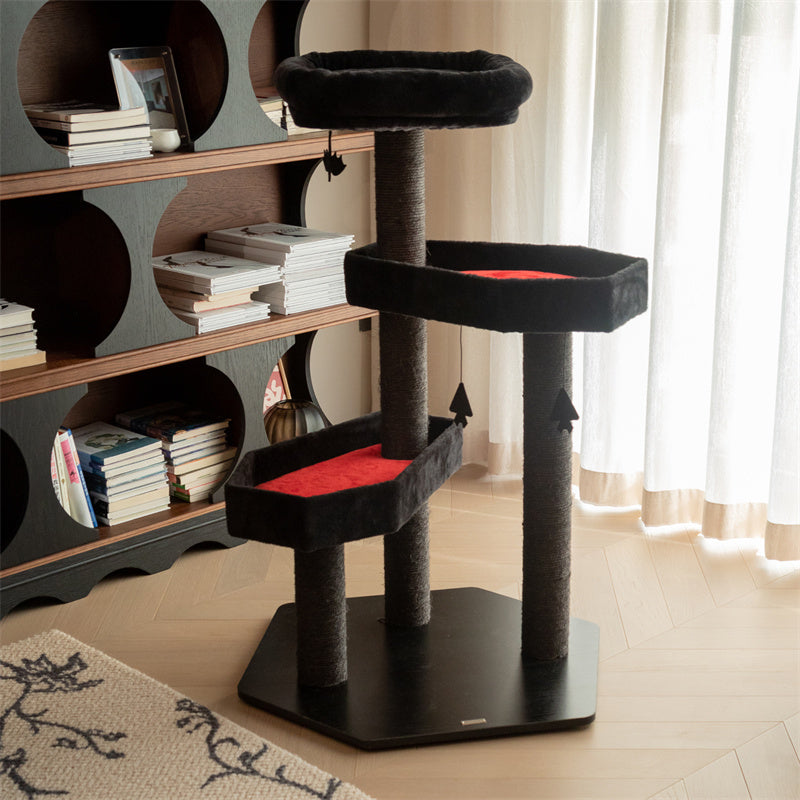


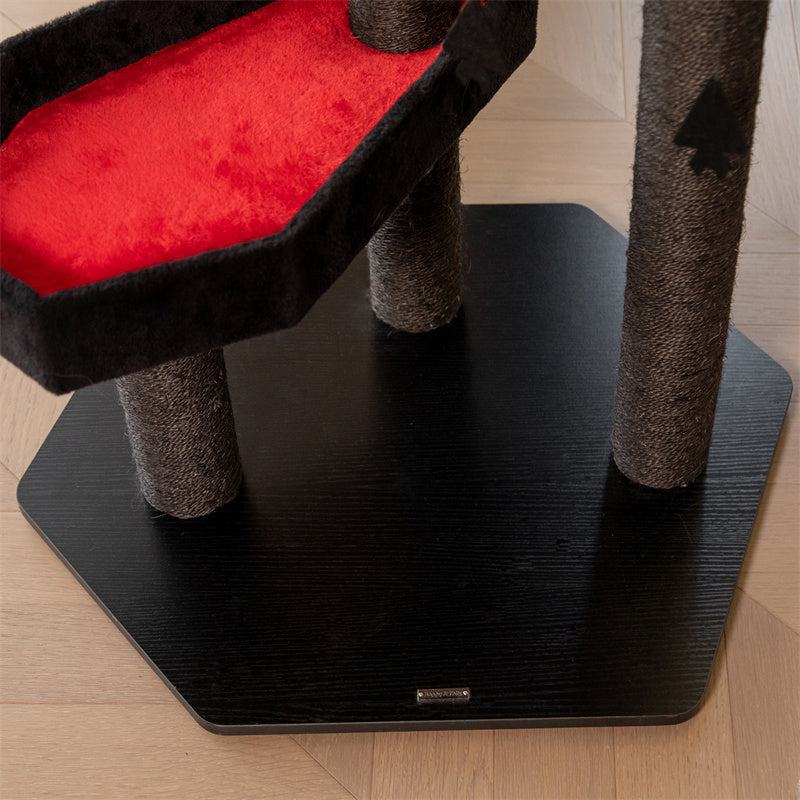
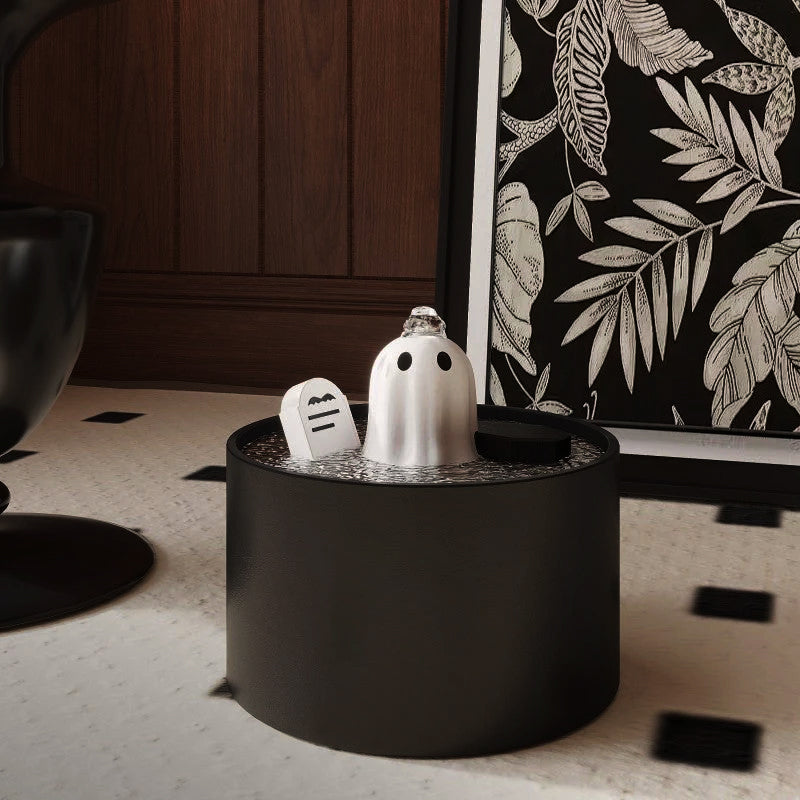
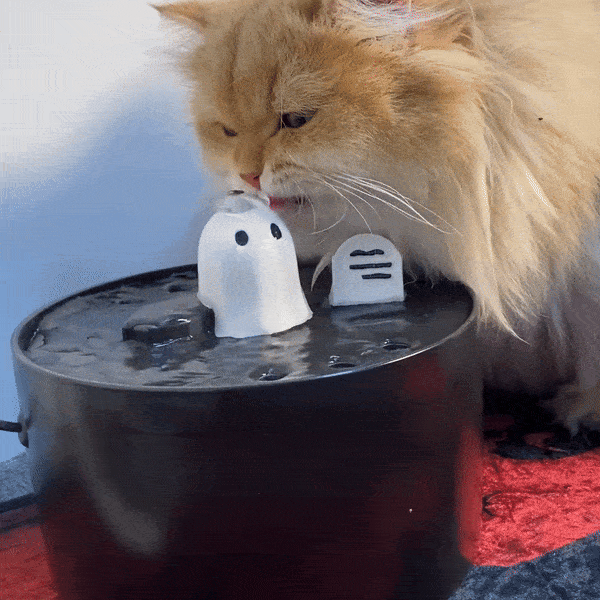
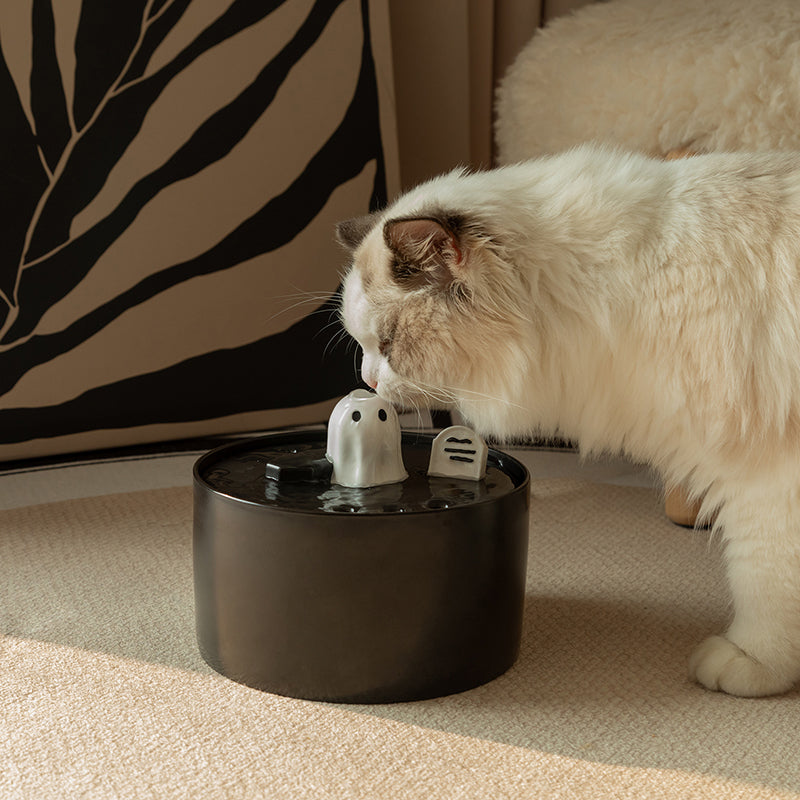

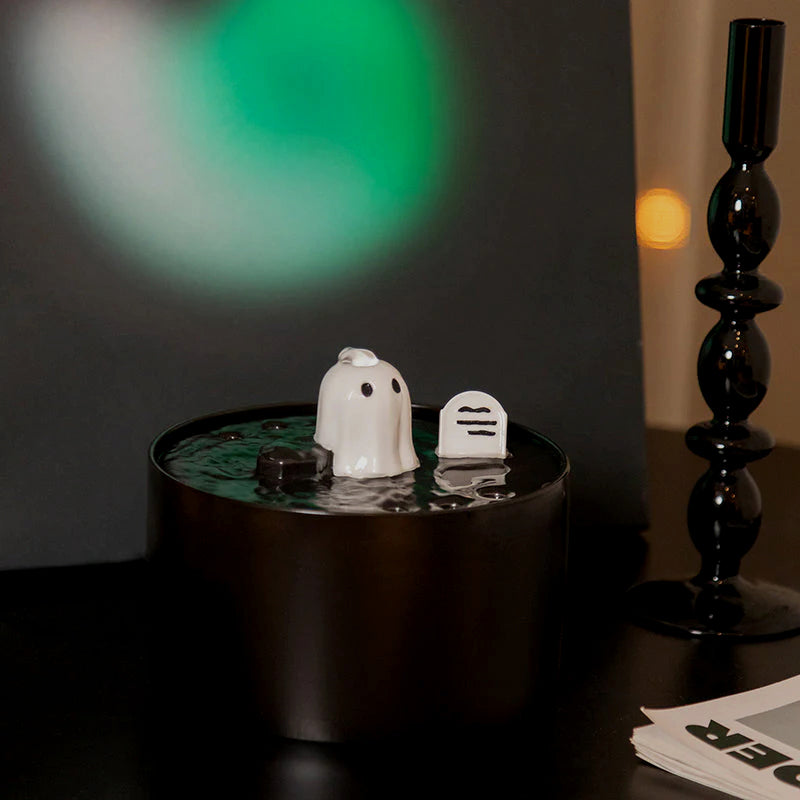

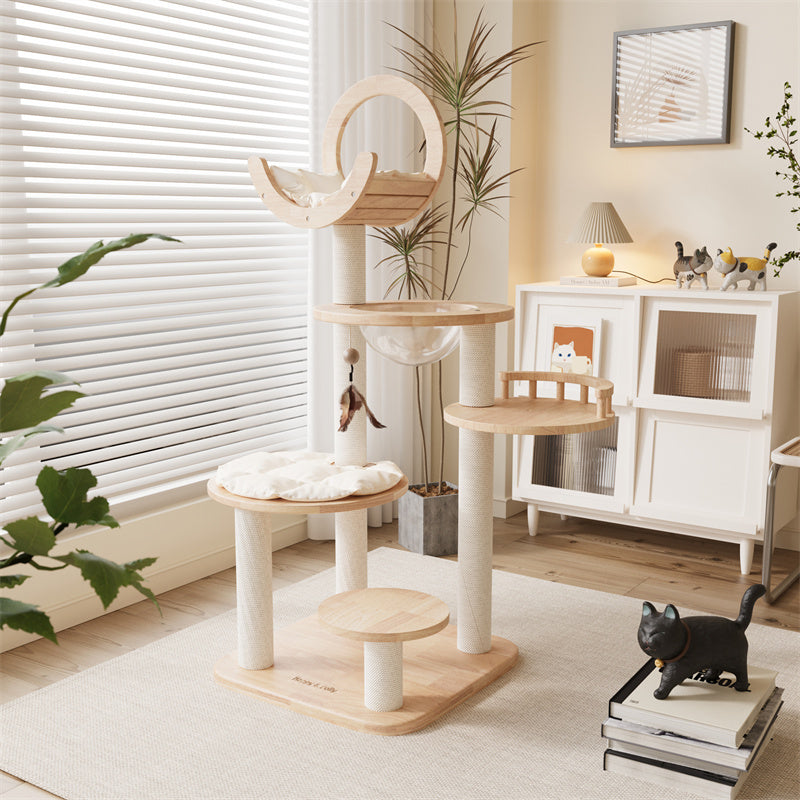
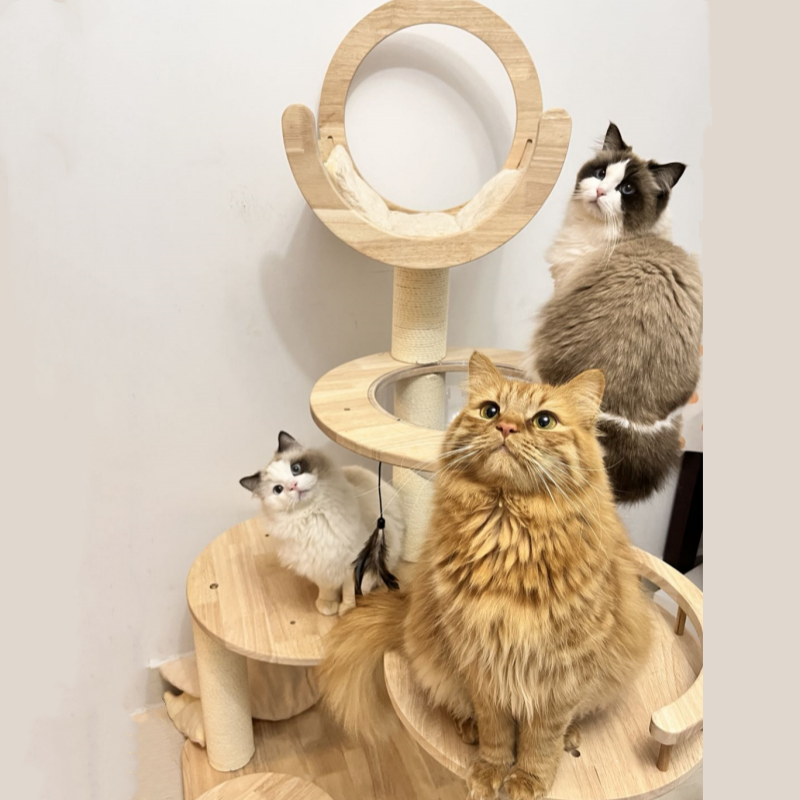
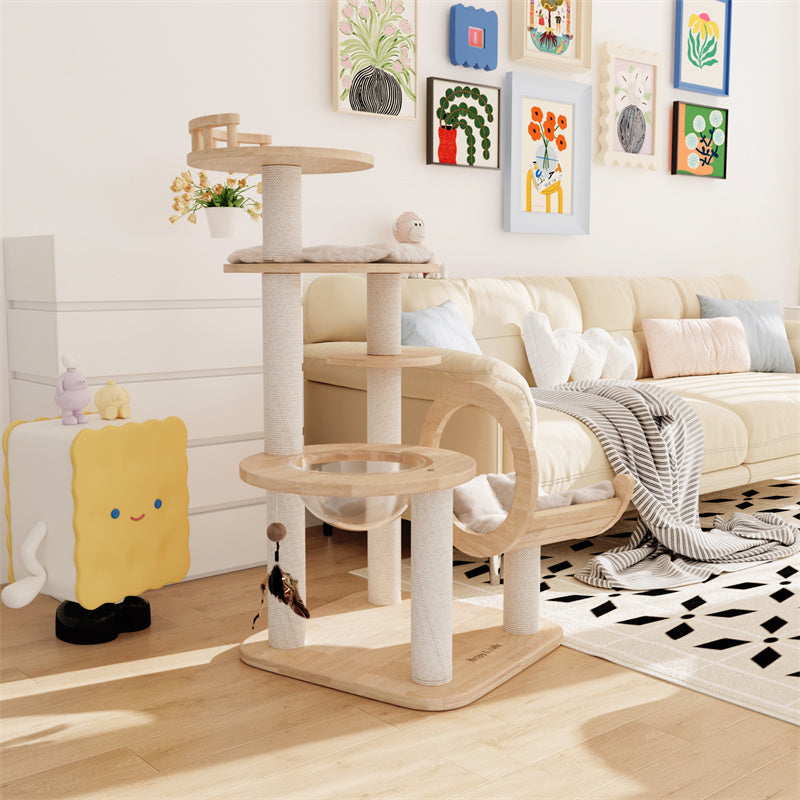
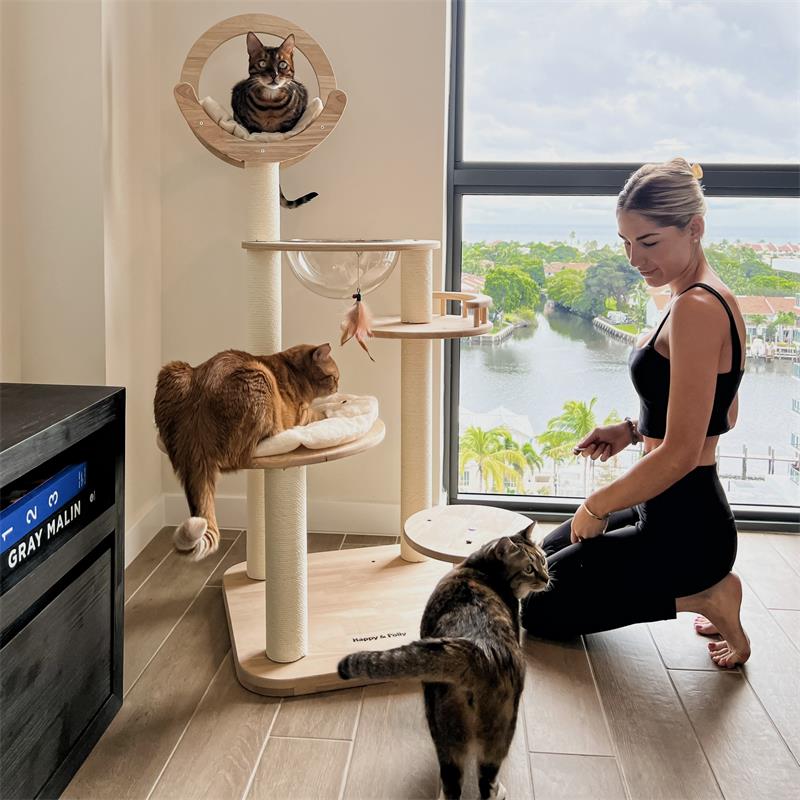

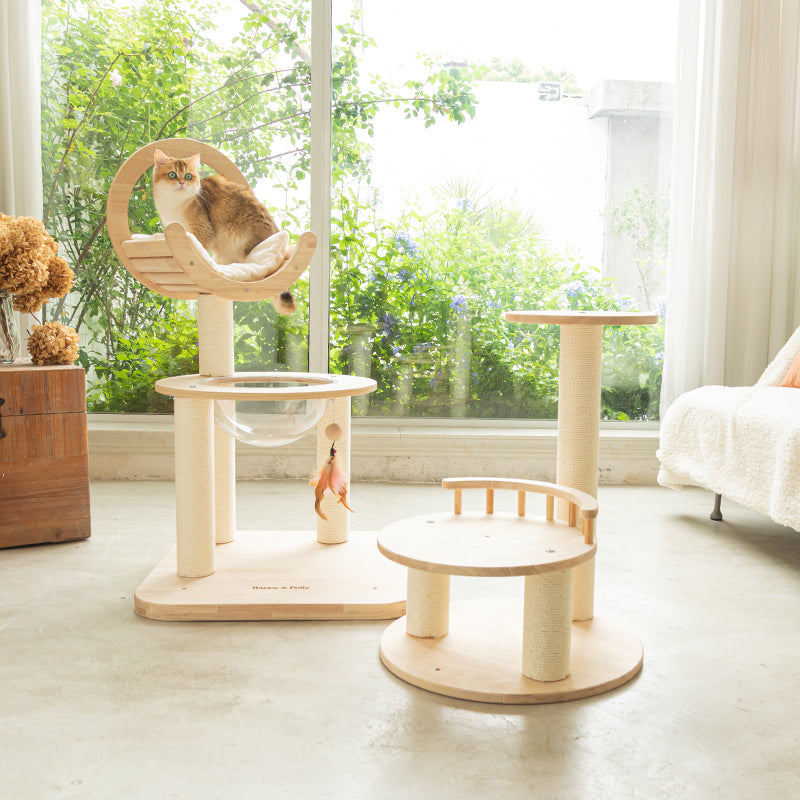







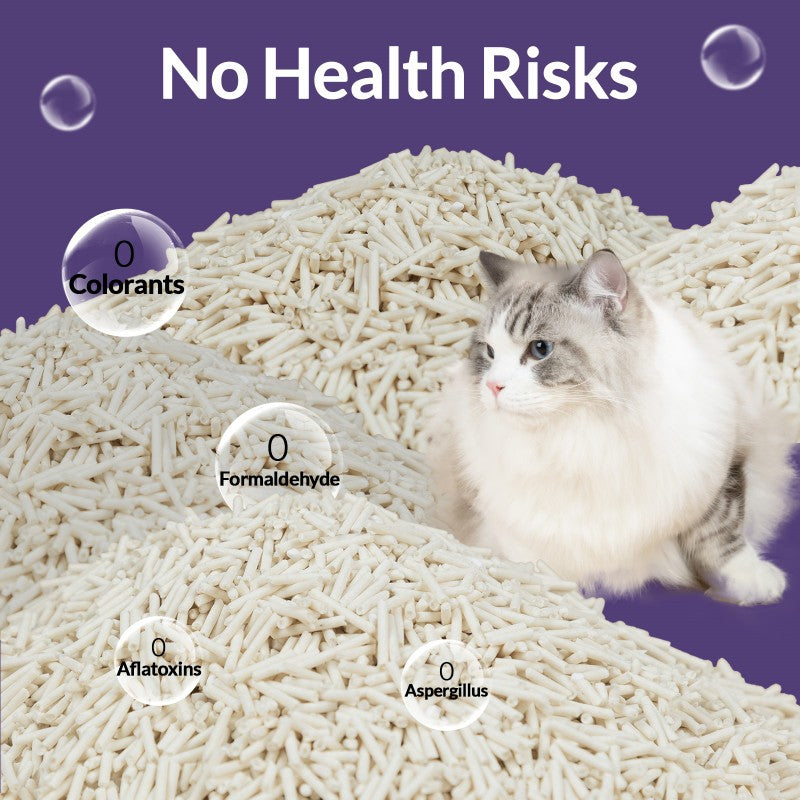



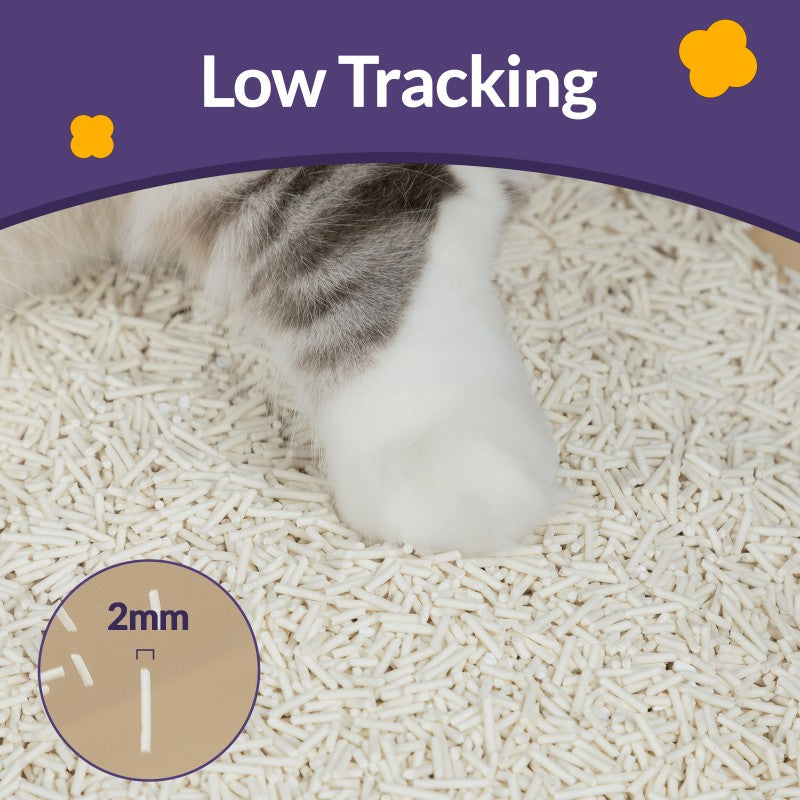

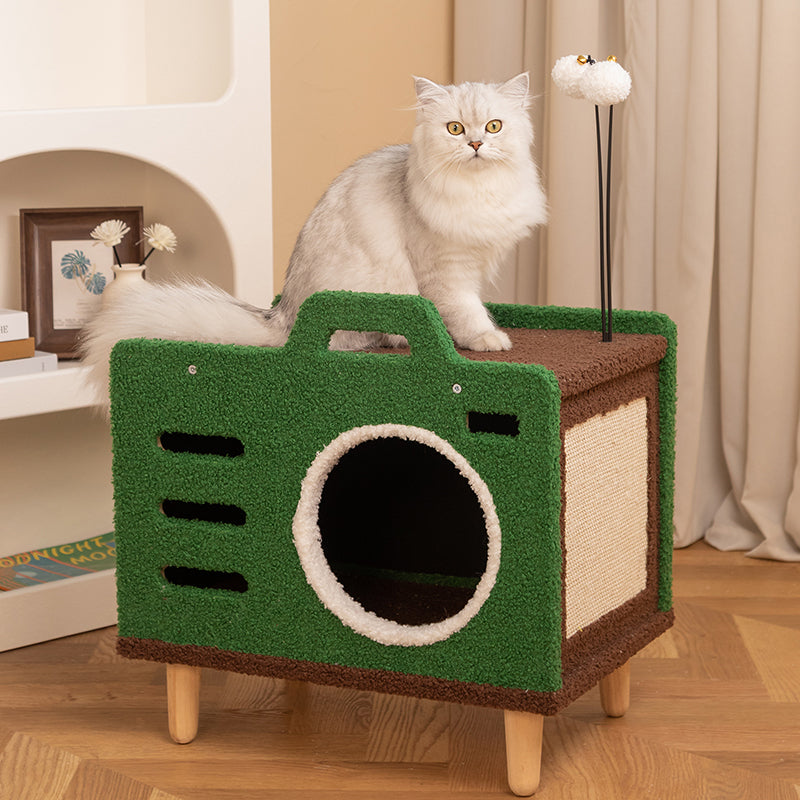
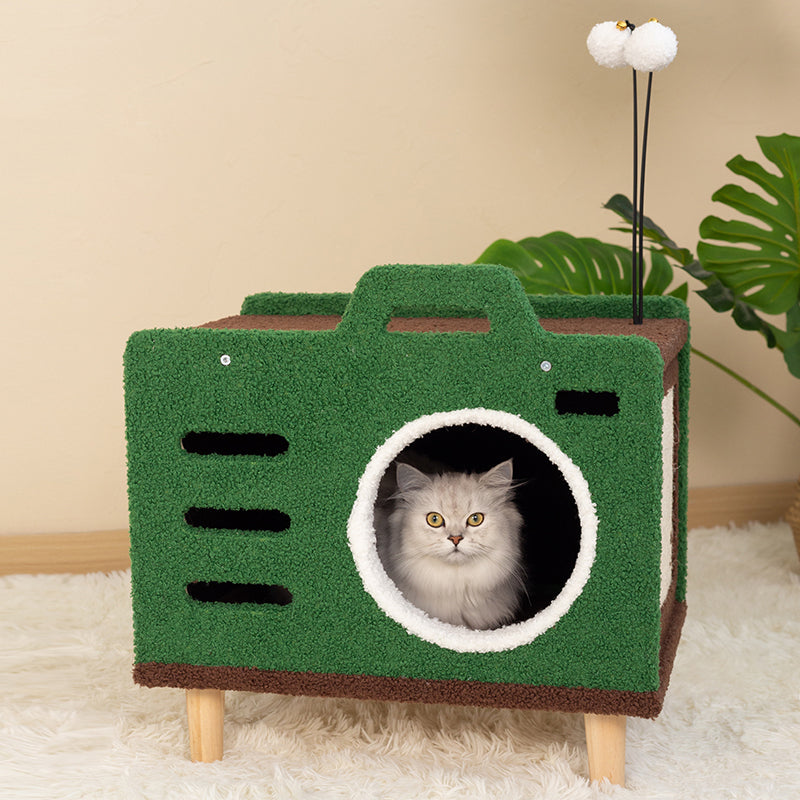



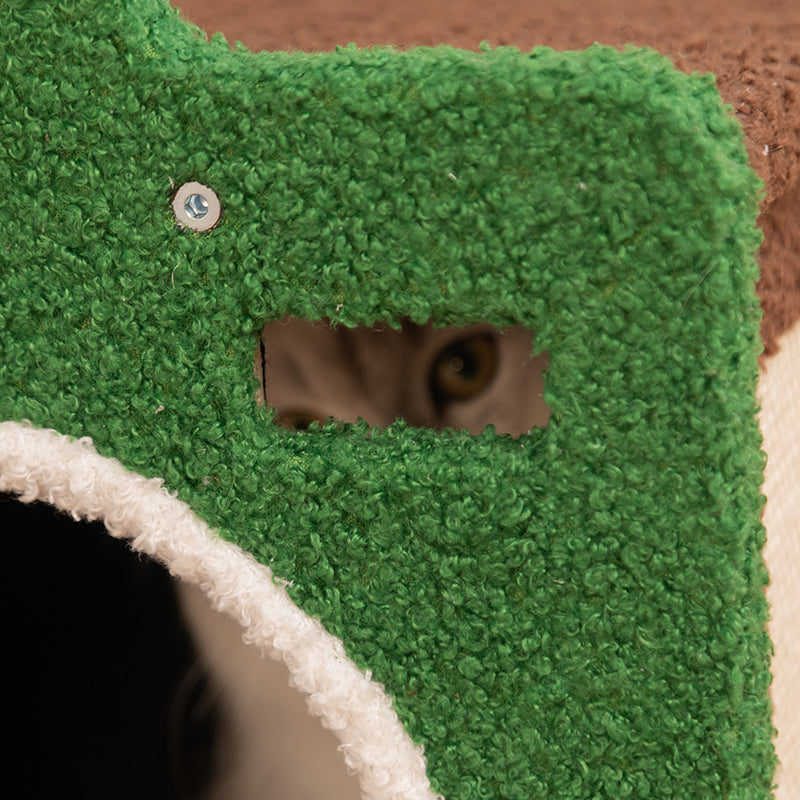













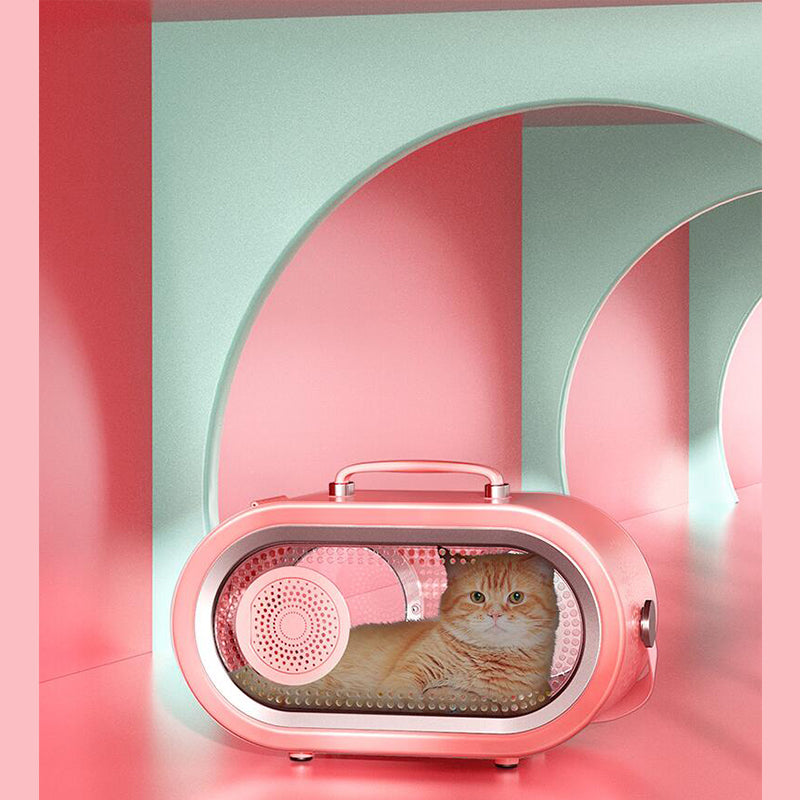



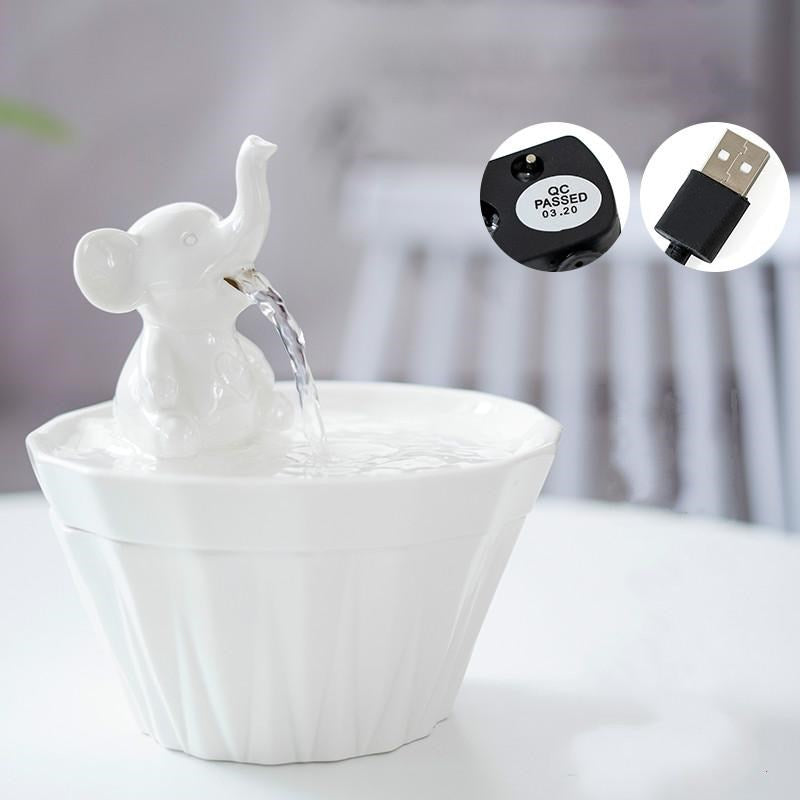

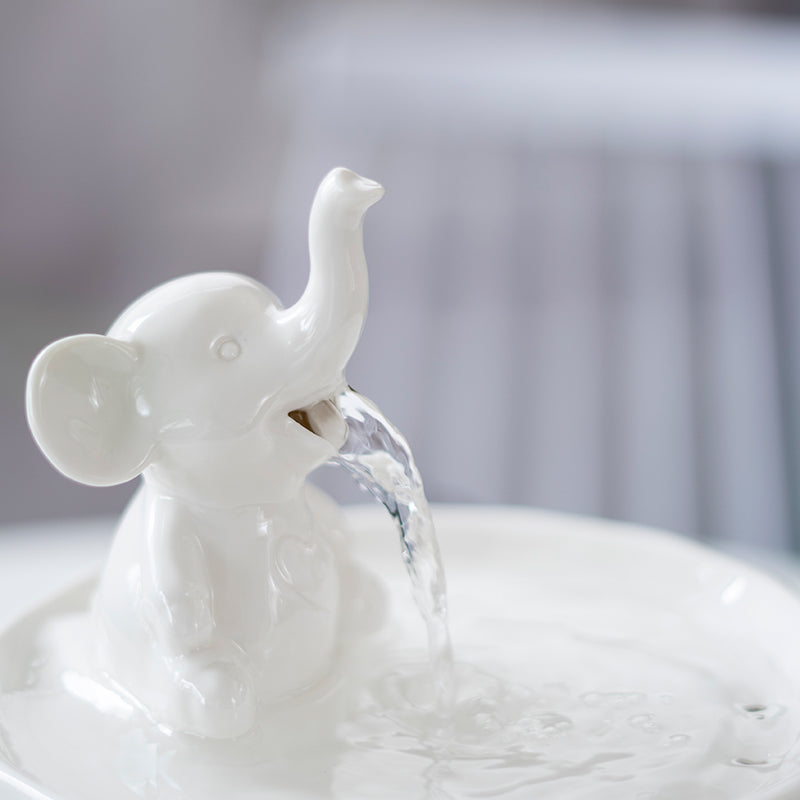


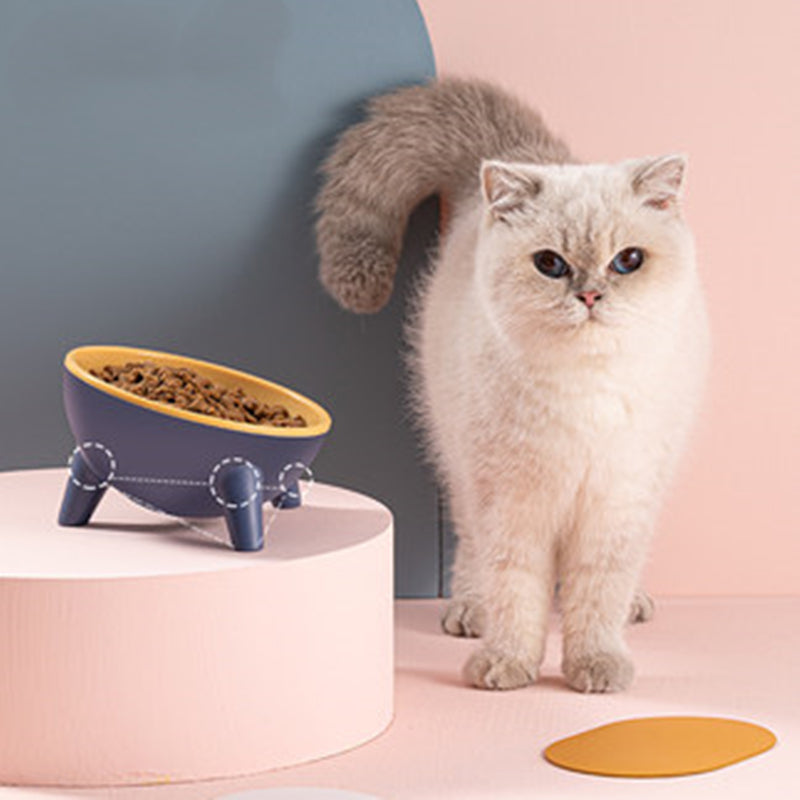





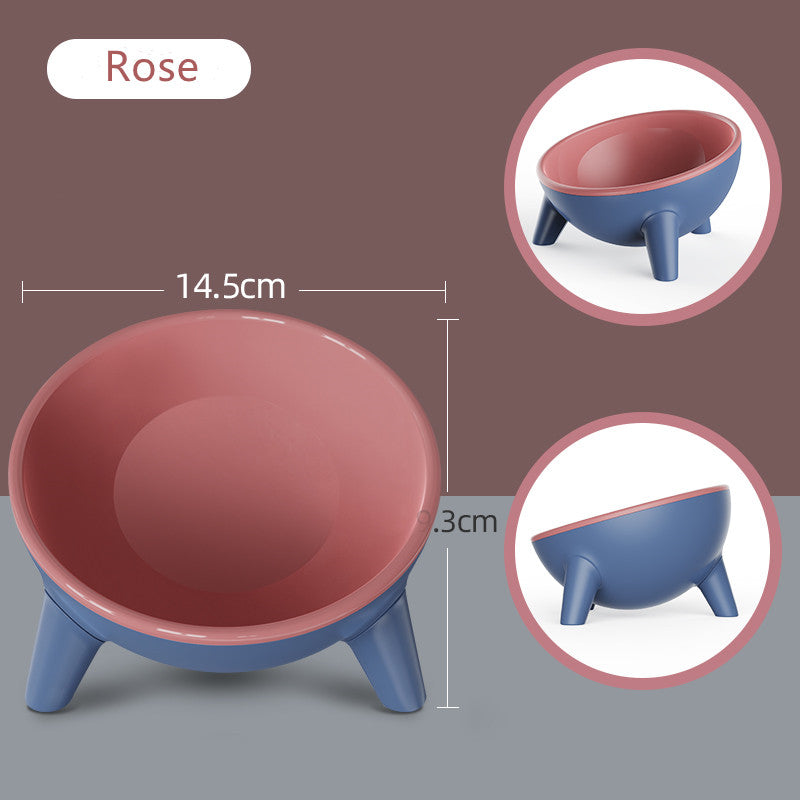
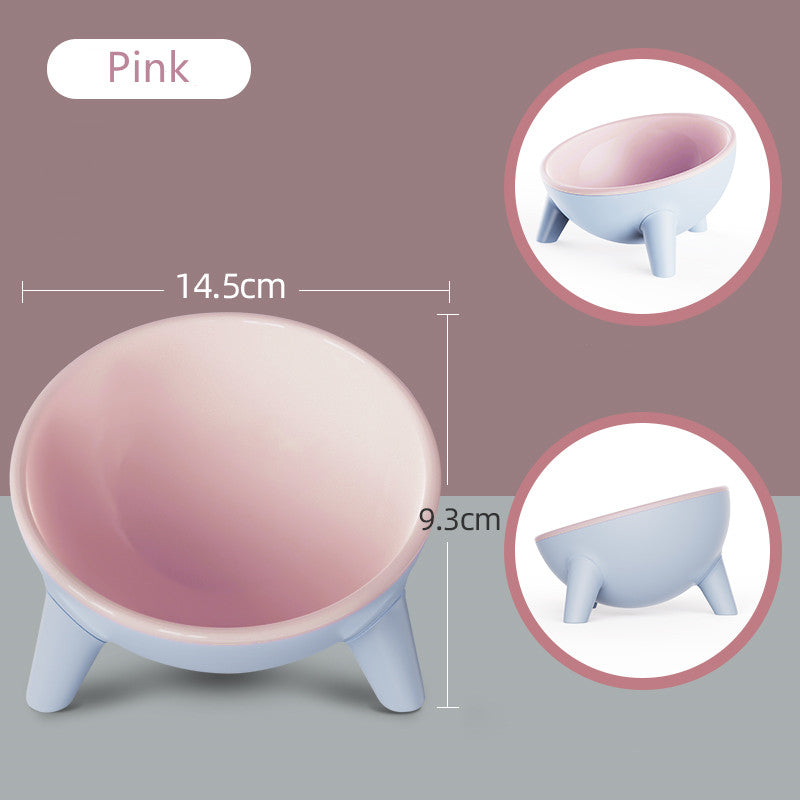

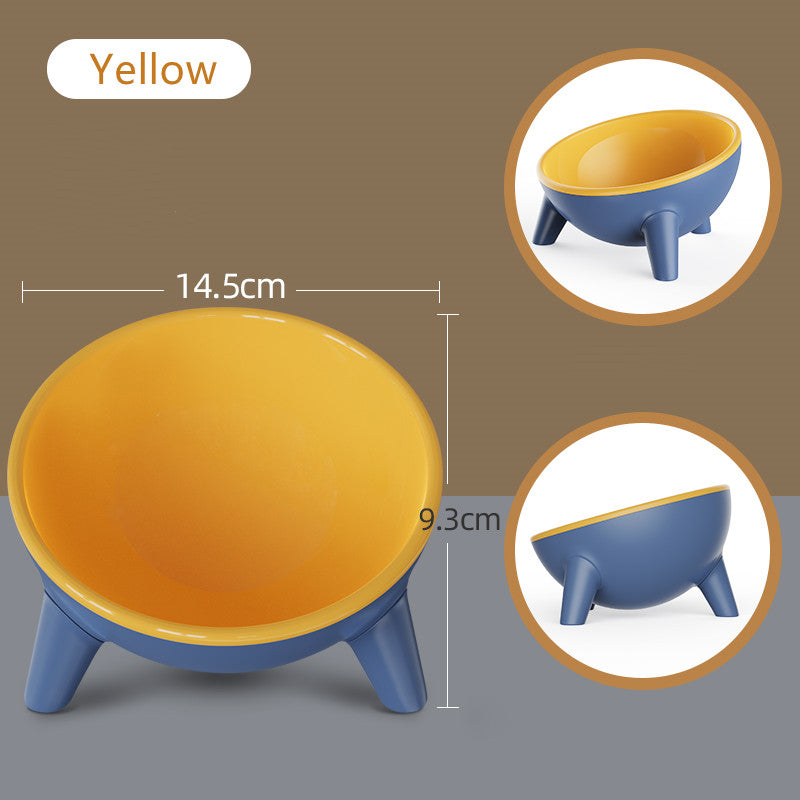

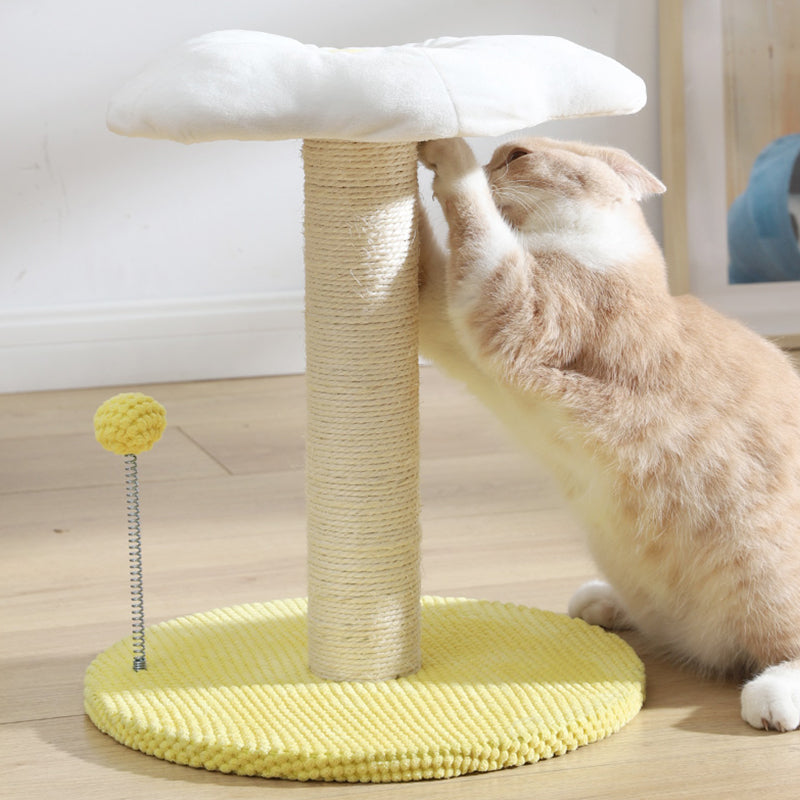
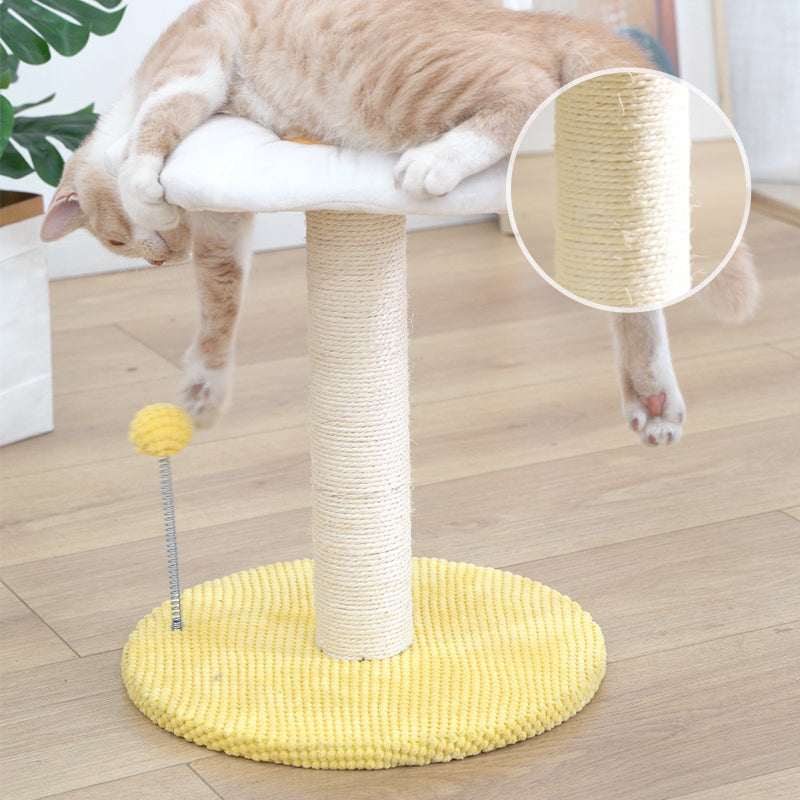
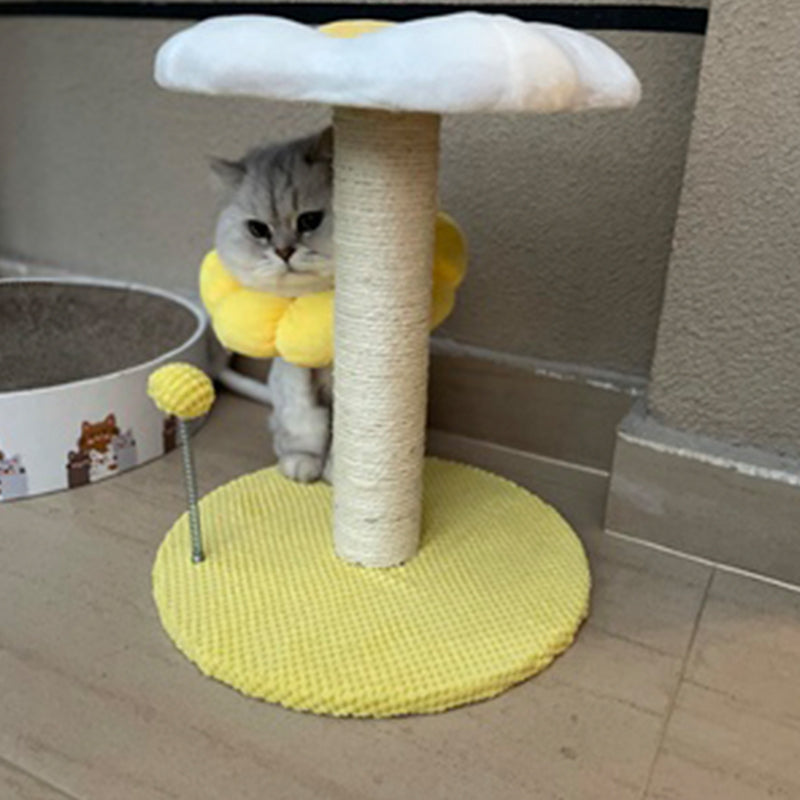
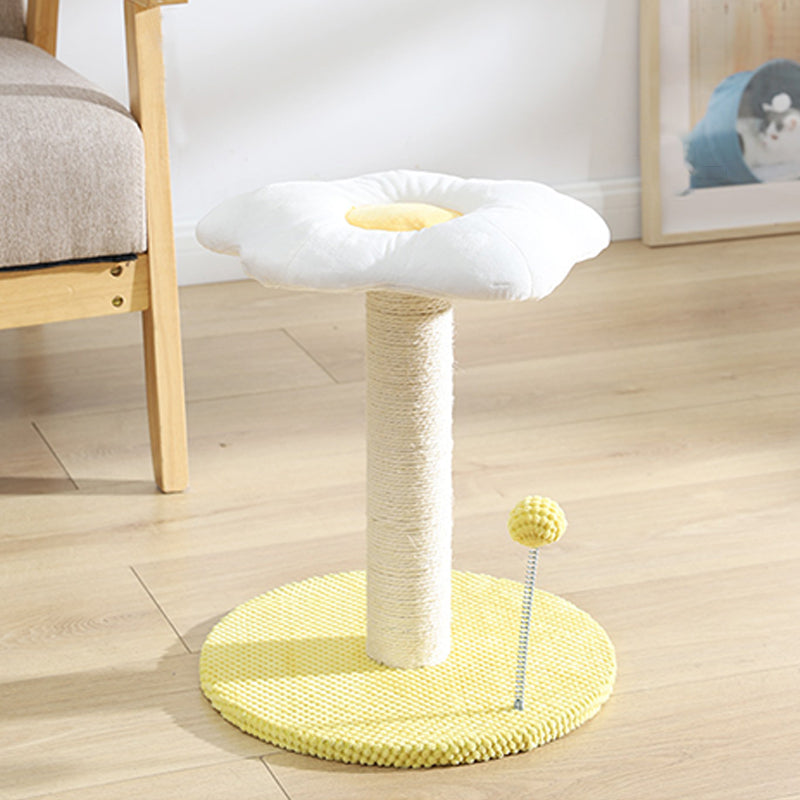




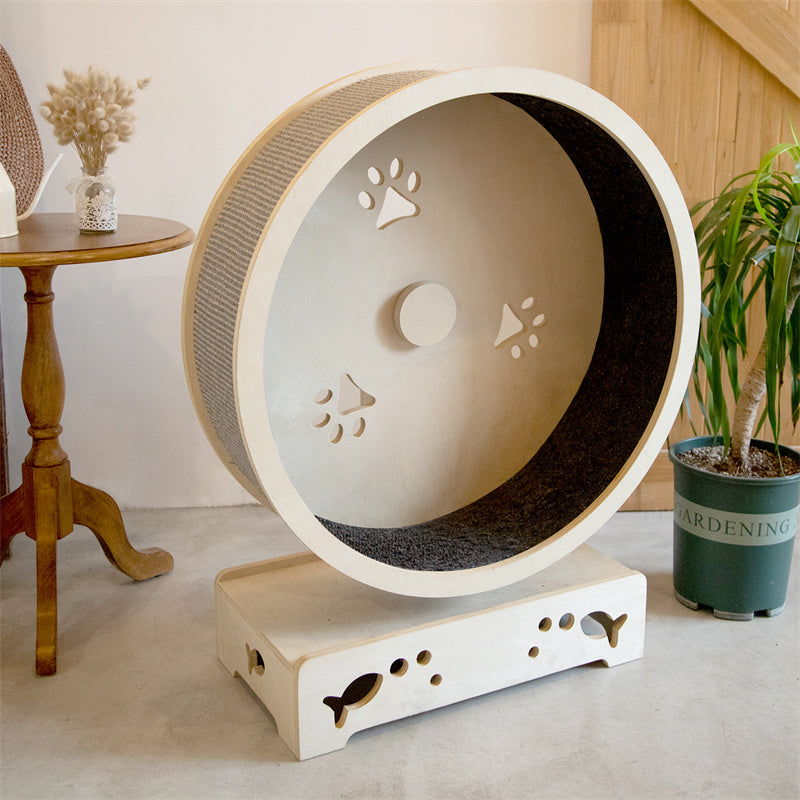


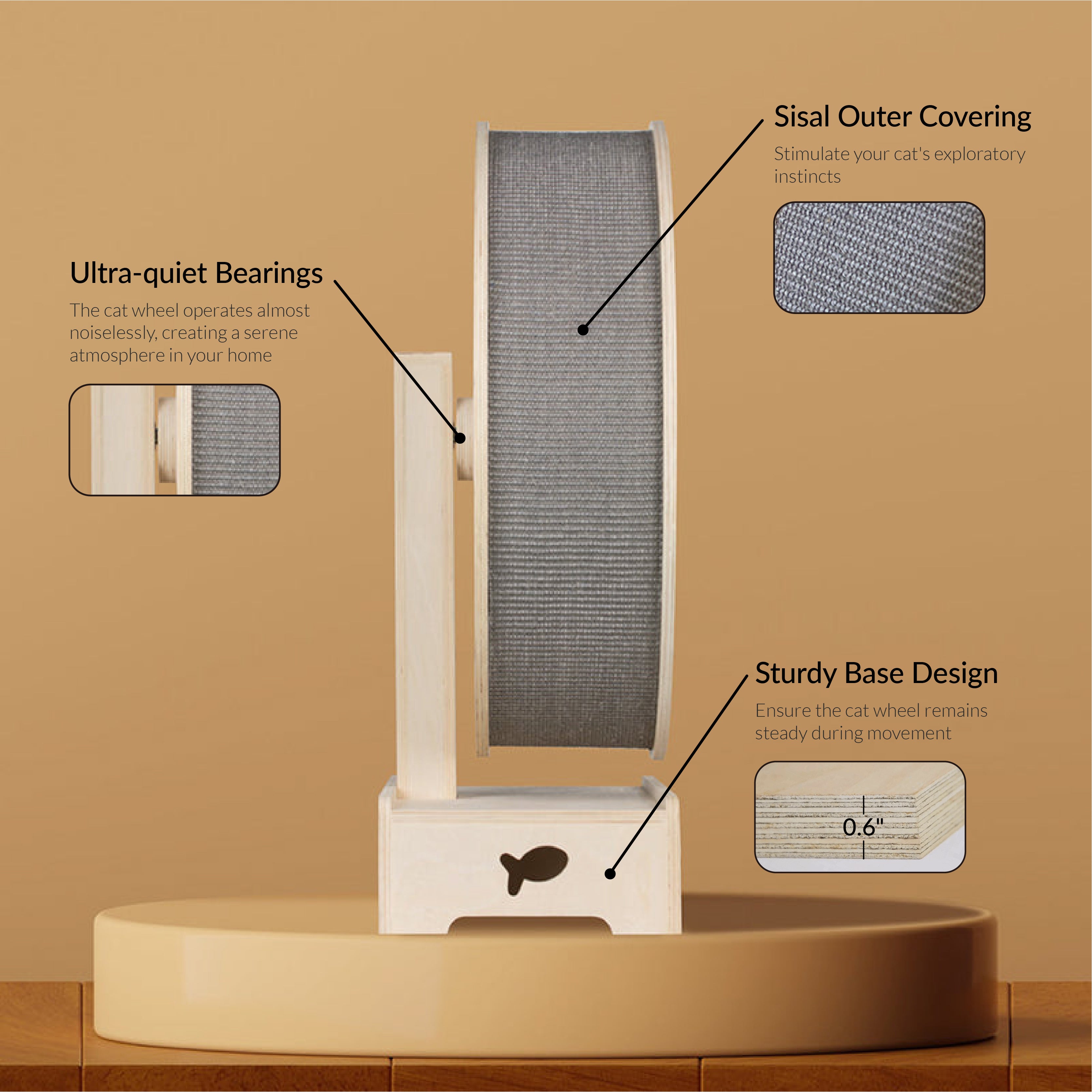


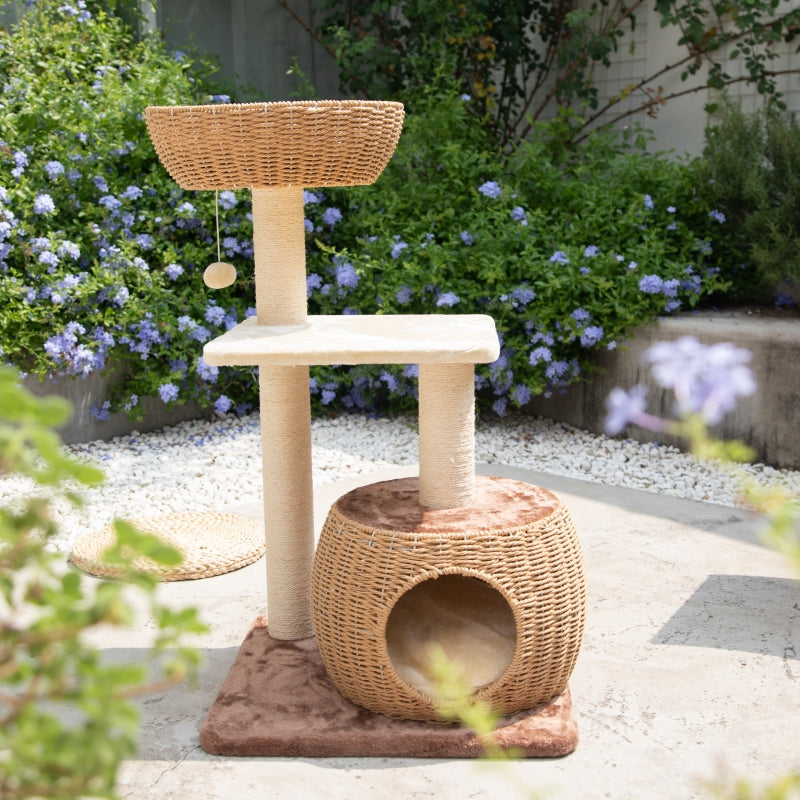
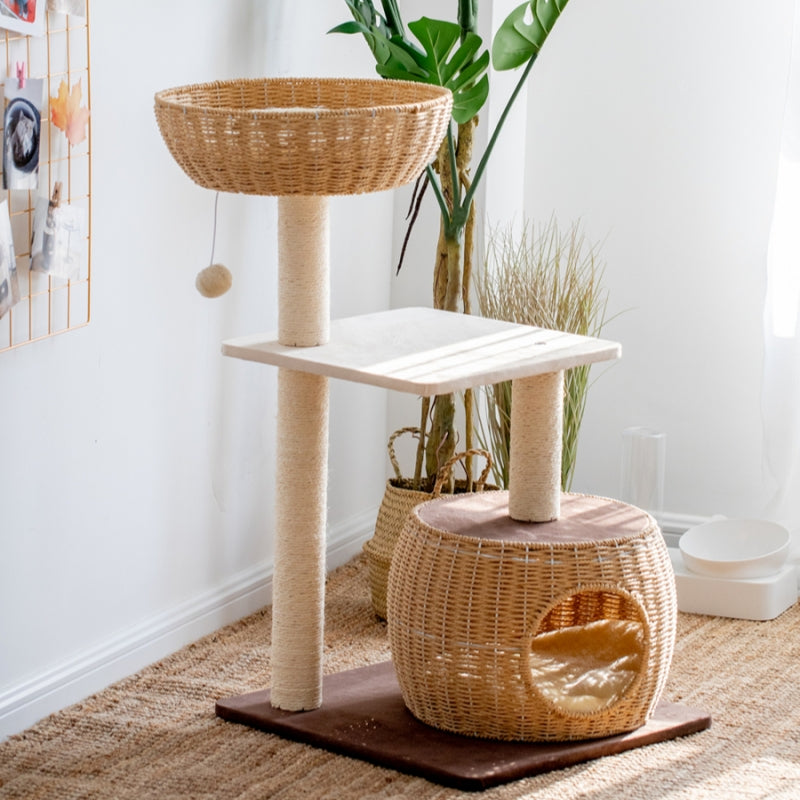
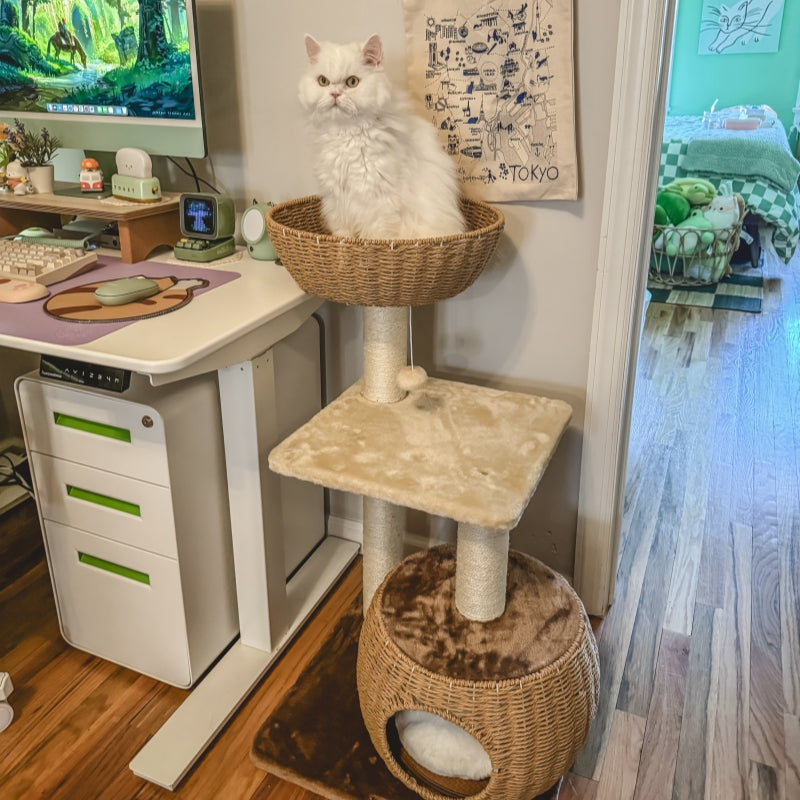
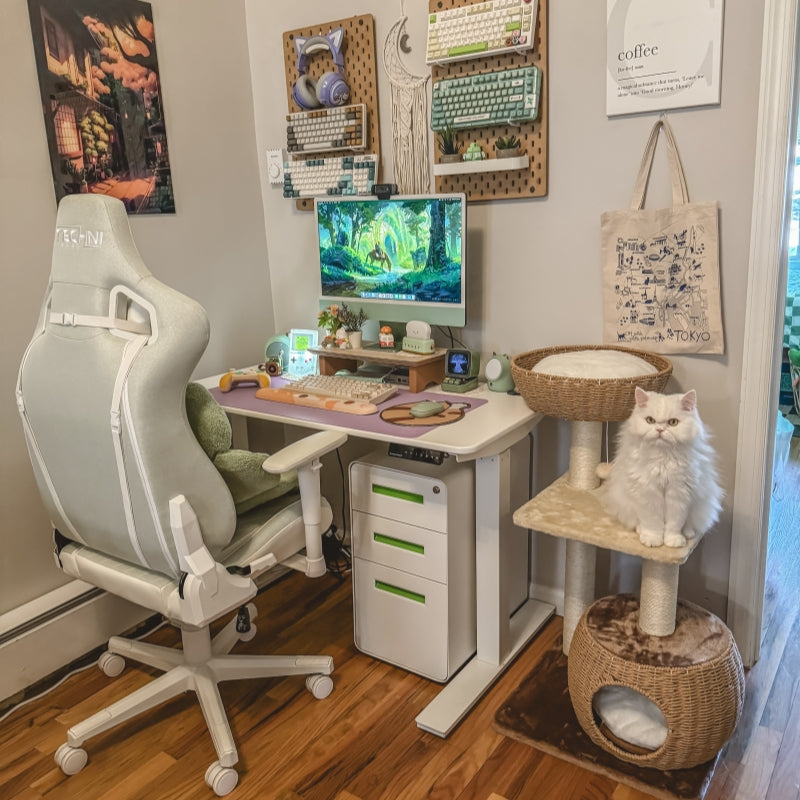


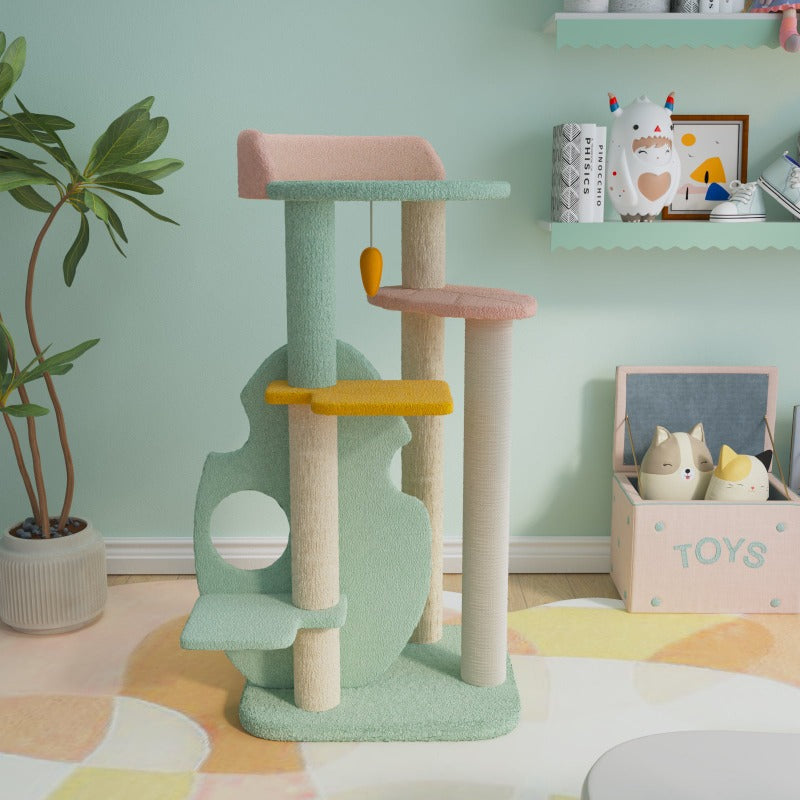
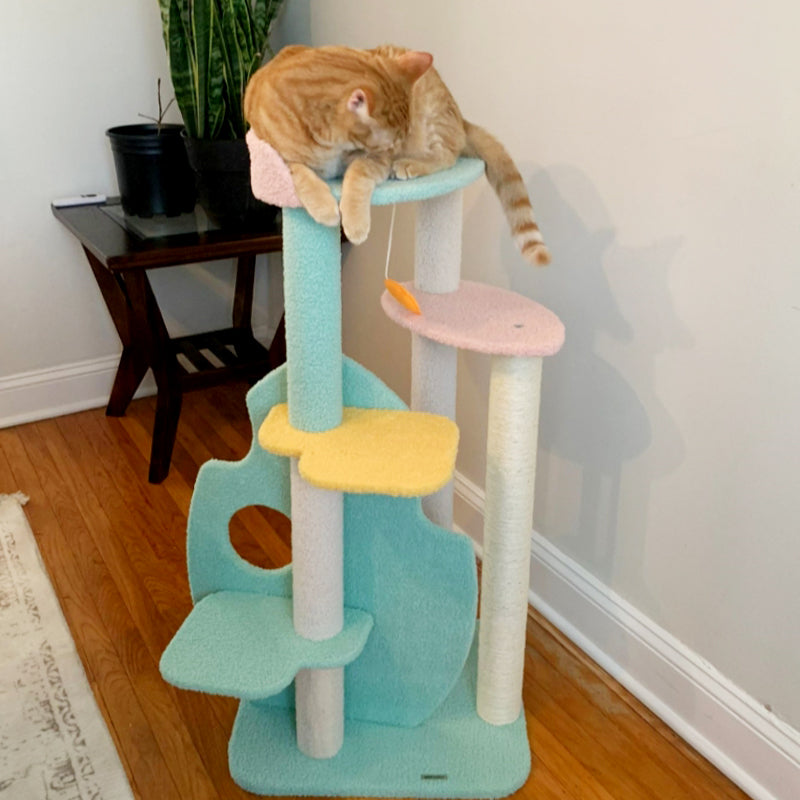
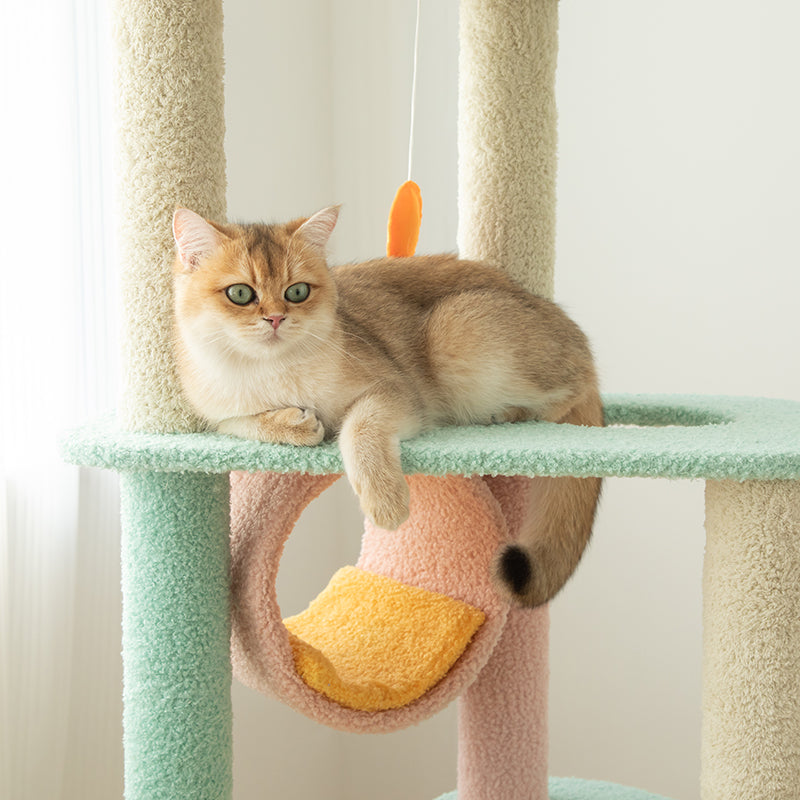

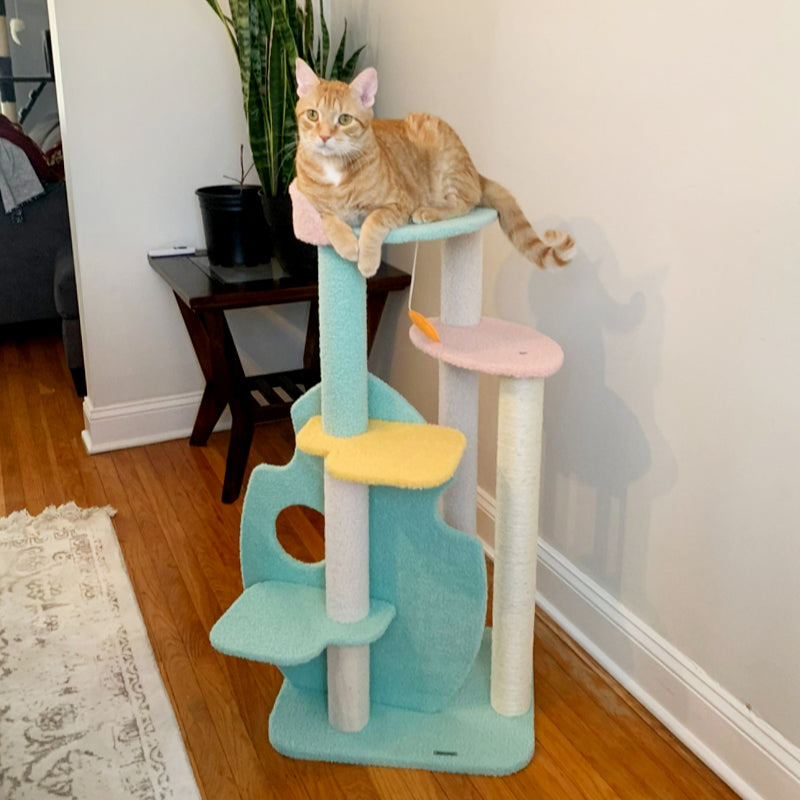

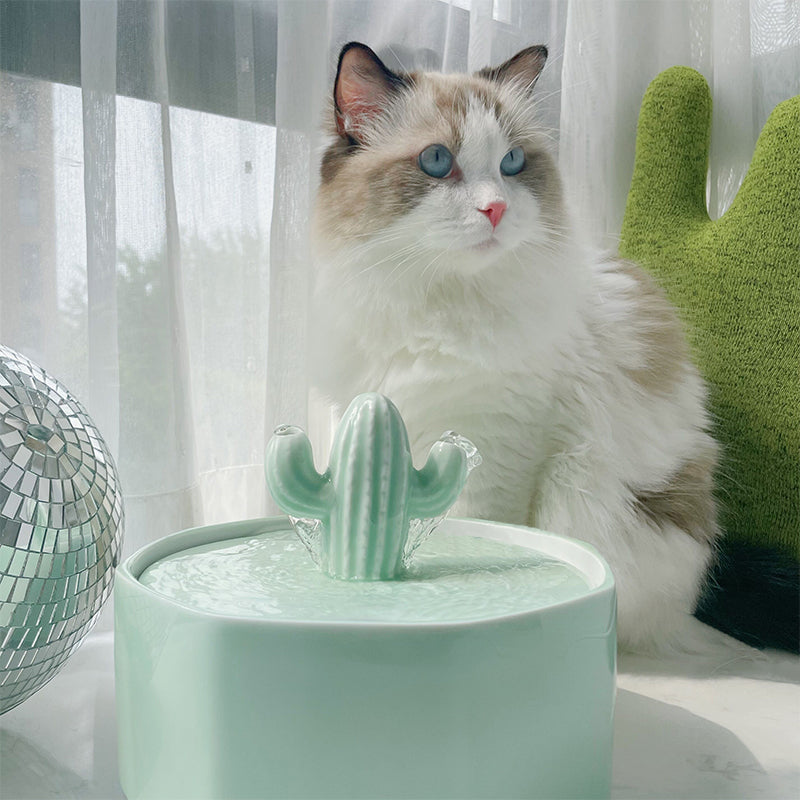





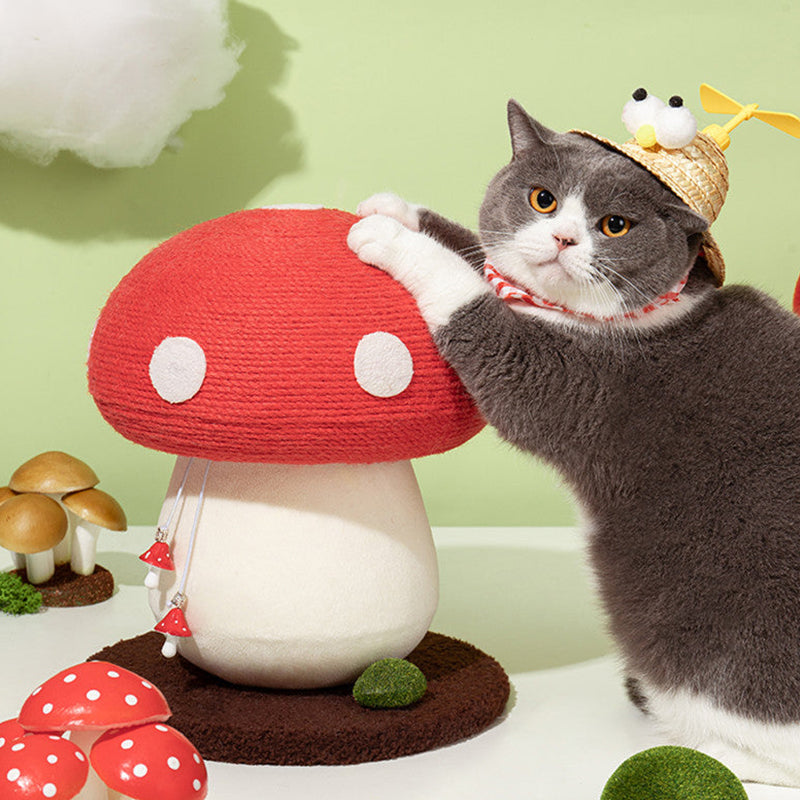
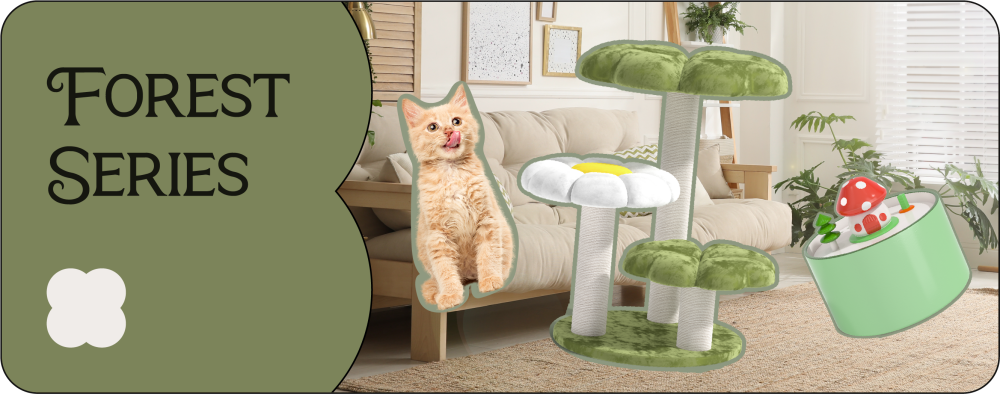



 SHARE
SHARE TWEET
TWEET PIN
PIN


















